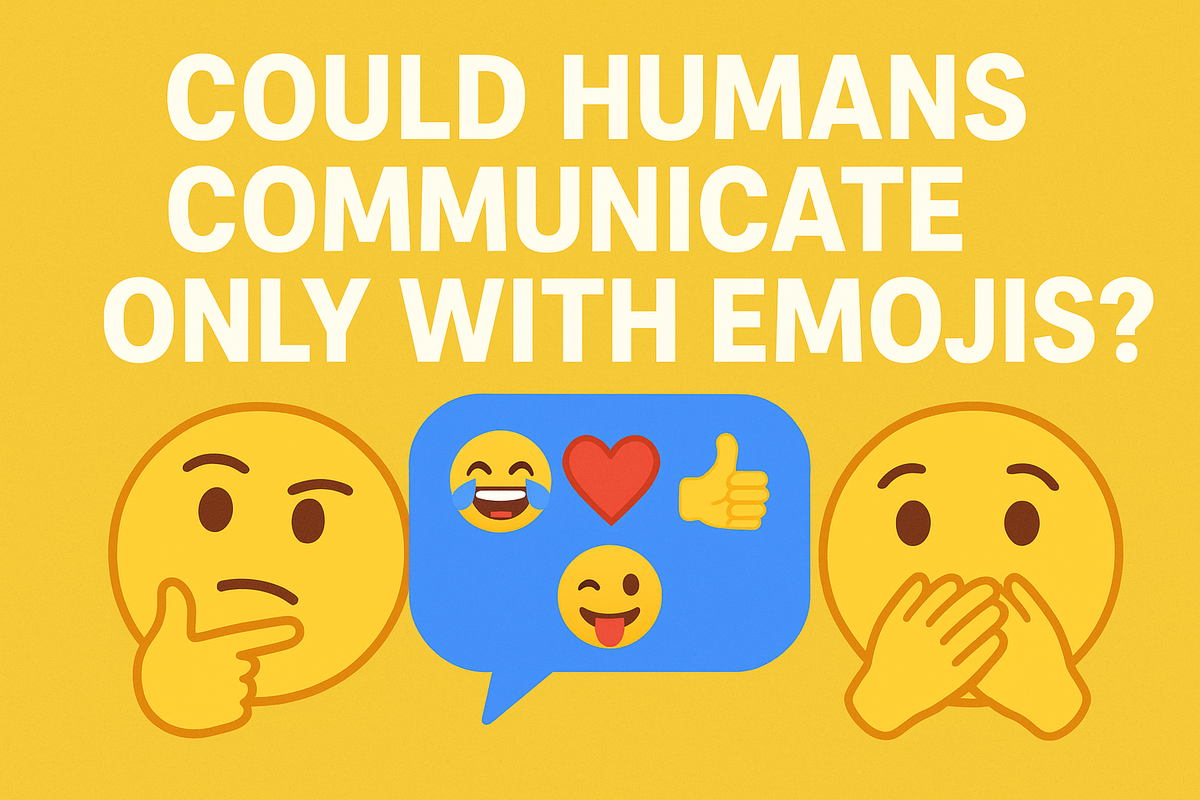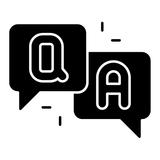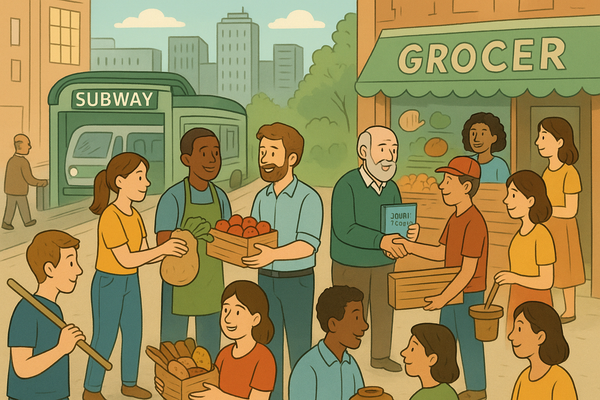Could Humans Communicate Only with Emojis? – The Rise of Picture-Based Societies

For most of human history, words weren’t our primary form of communication. Long before alphabets, printing presses, and glowing smartphone screens, people painted symbols on cave walls, carved pictograms on stone tablets, and drew ideograms to represent entire stories. Fast forward thousands of years, and humanity has rediscovered a similar form of expression: emojis.
But here’s the thought experiment—could humans ever rely only on emojis to communicate? Would society thrive or collapse if our words were replaced with little yellow faces, fruit icons, and dancing ladies in red dresses? Let’s explore.
A Brief History of Picture-Language
Human communication has always been visual. The earliest written systems weren’t words at all but pictures:
- Egyptian hieroglyphs (symbols combining sounds and meaning).
- Chinese characters (originally pictograms that evolved into ideograms).
- Mayan glyphs (complex picture-scripts to record history).
In this context, emojis aren’t new—they’re just the latest evolution of humanity’s long-standing love affair with pictures. What makes them unique is their digital universality: an emoji sent from Tokyo to New York conveys an immediate feeling, bypassing linguistic barriers.
For example: 🐱 + 🐟 = “The cat wants fish.” Simple, universal, and efficient.
Emoji as a Universal Language
Imagine a world where no one writes words, only emojis. Could this be functional?
Strengths of an Emoji-Only Society:
- Global Understanding: Emojis can cross language barriers. A 😢 is sadness in any culture.
- Brevity and Speed: Why write “I’m laughing so hard” when 😂 does the job instantly?
- Emotional Richness: Text can feel cold, but an emoji adds tone and intent.
Weaknesses of an Emoji-Only Society:
- Ambiguity: 🍑 could mean fruit, a body part, or a metaphor depending on context.
- Complex Concepts: Explaining quantum physics with emojis? Good luck.
- Cultural Misinterpretations: In Japan, 🙏 means “thank you.” In the West, it often means “praying.”
We might end up with a language that works fine for emotions and everyday interactions, but collapses under the weight of contracts, philosophy, or scientific explanation.
The Comedy of Misunderstandings
Consider how hard it already is to interpret tone in text messages. Now imagine a workplace email chain written only in emojis:
👩💼📊✍️➡️👨💼🕒❓
Translation attempt: “The manager wants the report written by 3 PM?” Or is it: “The employee should submit data for the boss on time?” Chaos ensues.
Even worse, picture global diplomacy in emoji form:
🇺🇸🤝🇨🇳😊
vs.
🇺🇸🤝🇨🇳😡
Would peace or war hinge on the color of a smiley?
Emoji Economics: Could Business Run This Way?
Contracts written in emoji-only language would be a lawyer’s nightmare. Imagine:
🏠🔑➡️👩🦱💰💰💰
📝❌👨⚖️🤔
Translation: “House keys to buyer for money, no paperwork, court is confused.”
Businesses might simplify receipts, ads, and transactions with emojis, but full-scale commerce requires precision. The beauty of words is their ability to capture nuance, legality, and specificity. Emojis are more like seasoning—you wouldn’t want them to be the whole meal.
Cultural Impact: A Return to Pictographic Thinking
If we shifted to emoji-only language, we’d circle back to a society similar to ancient pictogram cultures. Over time, people might even invent emoji syntax, turning random icons into structured language. For example:
👤🚶♂️➡️🏪🍞
= “The man went to the store for bread.”
👤🚶♂️⬅️🏪🍞❌
= “The man went to the store but couldn’t get bread.”
With enough standardization, we’d reinvent a new “emoji grammar,” which ironically would bring us right back to structured language.
The Science of Emoji and the Brain
Research in communication studies and neuroscience shows that visual symbols activate different parts of the brain than written words (source: American Psychological Association). Emojis may stimulate faster recognition and emotional connection compared to reading sentences. This explains why brands and advertisers heavily rely on icons and emojis—they’re cognitively sticky.
But while emojis speed up recognition, they limit depth. Your brain can process 👏🔥 faster than “amazing work,” but the latter leaves room for detail and clarity.
Humor in an Emoji-Only World
Let’s be honest—life would be hilarious if everything was emoji-only. Imagine Shakespeare in emoji:
👑⚔️🤴💀
(Hamlet: “To be or not to be.”)
Or love letters:
❤️👉👩🌙⭐
(“I love you to the moon and back.”)
Would society lose poetry? Or would we create a new kind of art in minimalist emoji verse?
Could Technology Bridge the Gap?
With AI-driven translation, an emoji-only world might actually become practical. Picture this:
- You type emojis into a messaging app.
- AI instantly expands them into full sentences for clarity.
- Recipients can toggle between “emoji view” and “text view.”
This could give us the best of both worlds—brevity with emojis, depth with words.
Final Verdict: Can We Live in an Emoji-Only Society?
The short answer: not entirely. Emojis are powerful, fun, and globally relatable, but they work best as supplements, not replacements. Human society thrives on precision, complexity, and nuance—things emojis can’t fully capture.
That said, the rise of emojis shows that humans are still drawn to images as much as words. From cave paintings to hieroglyphs to emojis, we’ve always expressed ourselves visually. The future may bring a hybrid system, where language is part text, part symbol, and part AI-assisted shorthand.
Until then, it’s safe to say we’ll keep using emojis to laugh 😂, cry 😢, and maybe even sign off emails awkwardly 🙃.




